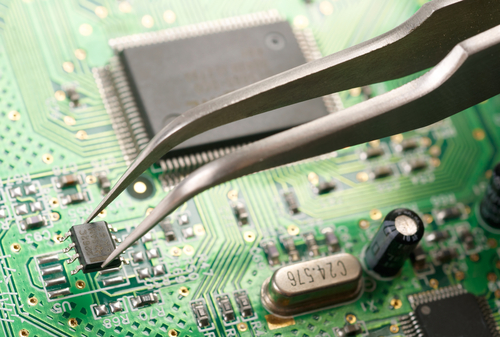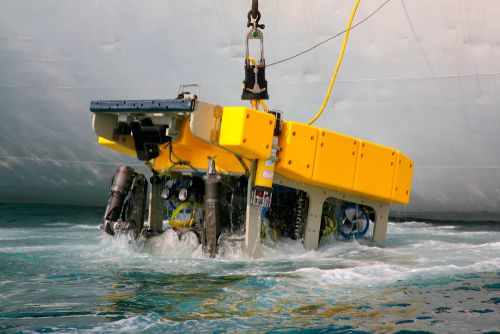There are many interesting applications for technical ceramics. All throughout the history of technical ceramics, and ever since technical ceramics were made, they have been used in various different industries for an array of purposes.
This variety of potential uses makes technical ceramics one of the most versatile materials in existence today, and it allows this type of material to be used in some pretty unusual and unexpected ways. Let’s see how materials produced by a technical ceramics company could foster advancements in science and technology.
What are interesting uses for technical ceramics?
 Technical ceramics possess the potential for many applications, and they have been used in seismic observation in the deep sea, space development and exploration, supercomputers, as well as research and development of new energy sources for the future. These are some of the most interesting uses advanced ceramics have seen so far.
Technical ceramics possess the potential for many applications, and they have been used in seismic observation in the deep sea, space development and exploration, supercomputers, as well as research and development of new energy sources for the future. These are some of the most interesting uses advanced ceramics have seen so far.
Deep sea earthquake observation
Silicon nitride is a technical ceramic material, and it boasts very high corrosion resistance, compressive strength, as well as extremely low specific density, making it ideal for use in pressure-resistant containers for submarines.
Earlier, these types of containers used to be made of glass. However, glass is not able to withstand the same pressure as silicon nitride. The introduction of technical ceramics into deep sea earthquake observation has enabled scientists to install a seismograph at the depth of 36,089 ft. in the Mariana Trench.
Space exploration
Components made of technical ceramics play a vital role in space exploration and development. One of the best known examples of using technical ceramics for space exploration is the instance of the “Hayabusa” asteroid probe from Japan.
Components made from technical ceramics that have excellent insulating properties, high heat resistance, as well as superior corrosion resistance and strength were used to create terminals for lithium-ion batteries. These batteries served as an emergency power source for the Hayabusa.
Large Hadron Collider
The European Organization for Nuclear Research, or CERN, also uses technical ceramics in their research. In the Large Hadron Collider, scientists employ components made from technical ceramics to measure experimental results and control protons. This is possible because advanced ceramics have unique characteristics that allow them to achieve higher heat resistance, insulation, and airtightness.
Supercomputers
Technical ceramics are used in manufacturing of components necessary for fast arithmetic processing. The high rigidity of technical ceramics, as well as the coefficient of thermal expansion that is very close to the coefficient of the mounting unit is what makes advanced ceramics ideal for such application.
International Thermonuclear Experimental Reactor
The International Thermonuclear Experimental Reactor uses rings made of high-purity technical ceramics. The technical requirements of this project, which demands technology capable of insulating 1 million volts has been made possible through the use of technical ceramics.
Semiconductor manufacturing equipment
Technical ceramics are very commonly used in the manufacturing of semiconductors, which we find in the products we use every day, from TVs and smartphones to washing machines and refrigerators. Without technical ceramics, the products we rely on on a daily basis would either not exist, or would possess far fewer functions.
 What is the leading technical ceramics company in the country?
What is the leading technical ceramics company in the country?
If you are looking for quality technical ceramics that will allow you to use them in uncommon and fascinating ways, you need to partner with a technical ceramics company that is able to produce advanced ceramics of the highest quality to suit your needs.
With more than 29 years of experience in the business, Wunder Mold is able to assist in the design and to manufacture technical ceramics that fit your projected purposes. If you’d like to see what it is we can do, contact us at sales@wundermold.com or dial (707) 448-2349.
 What is the leading technical ceramics company in the country?
What is the leading technical ceramics company in the country?